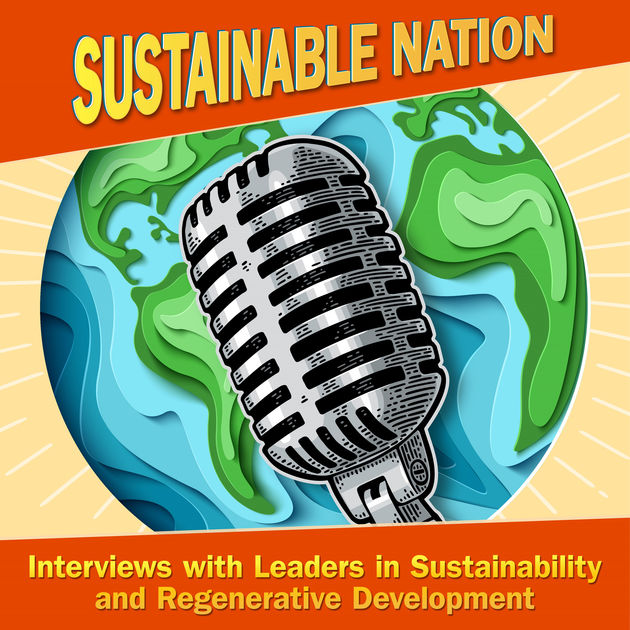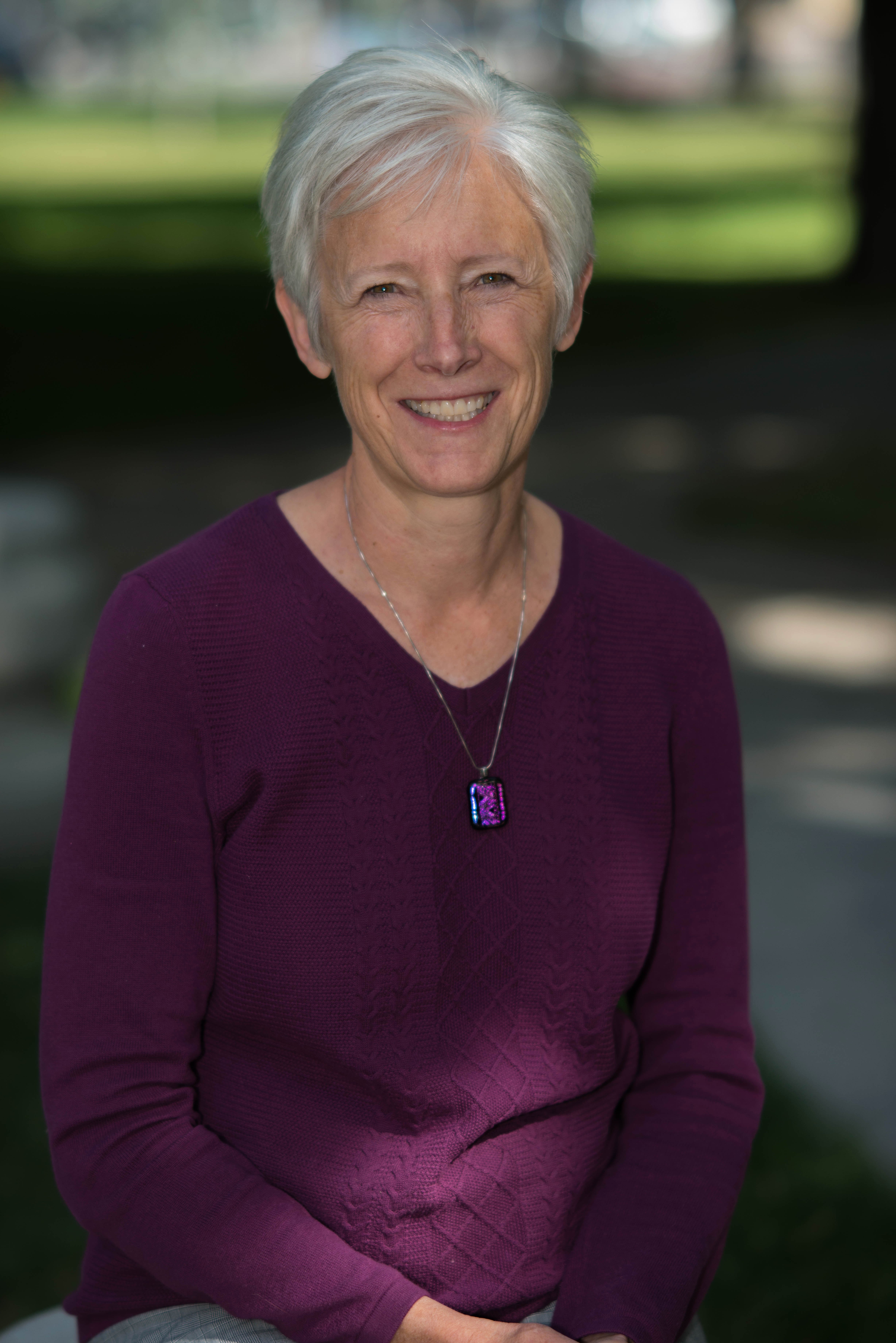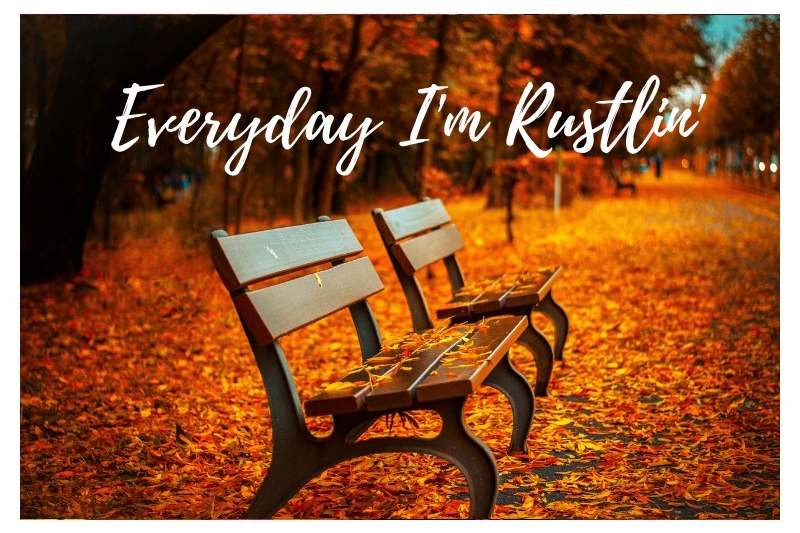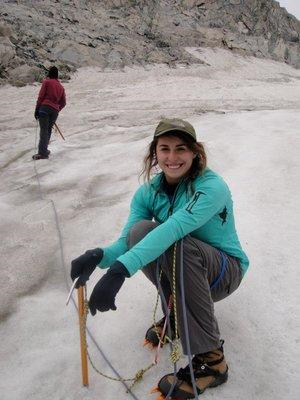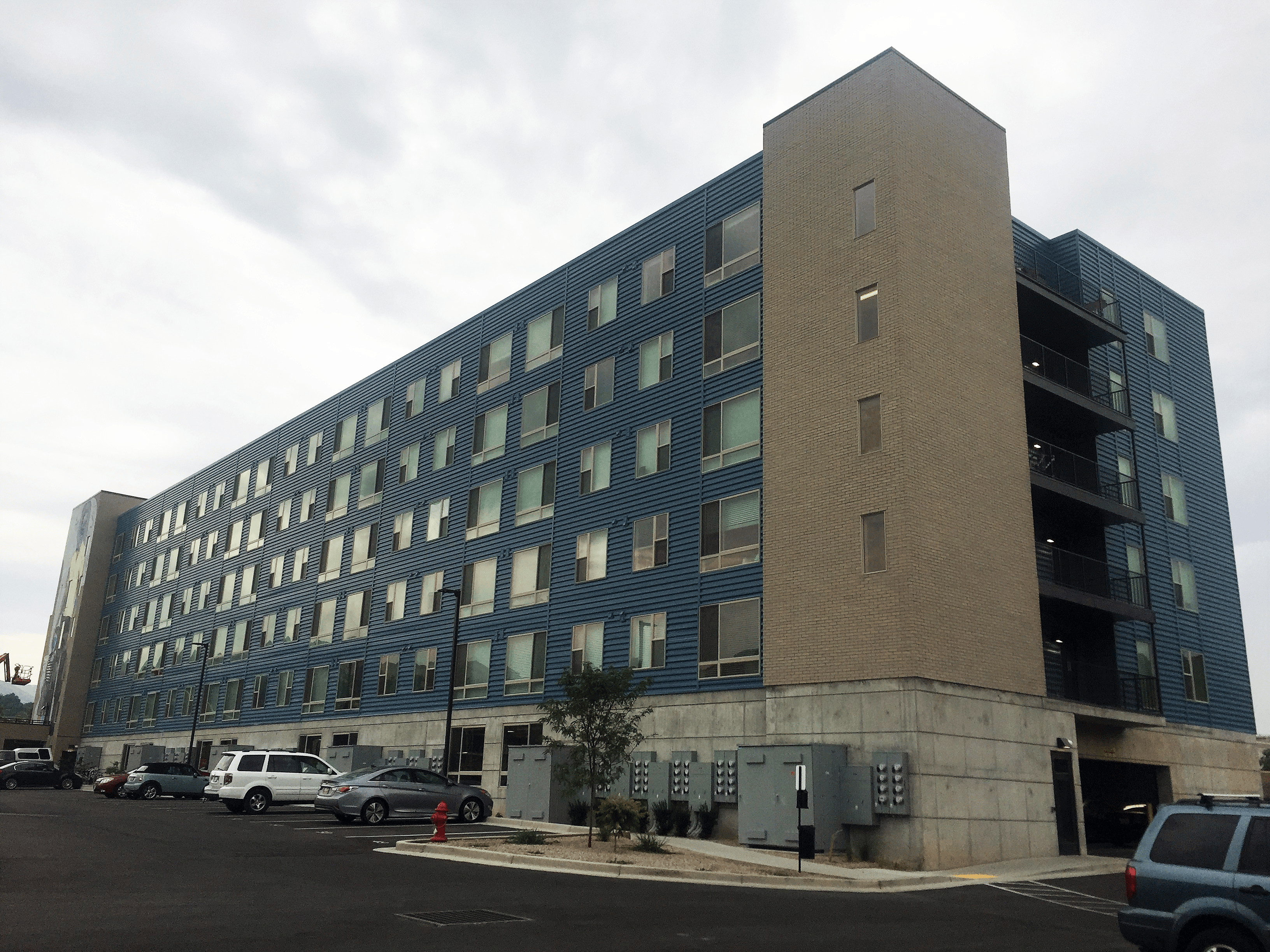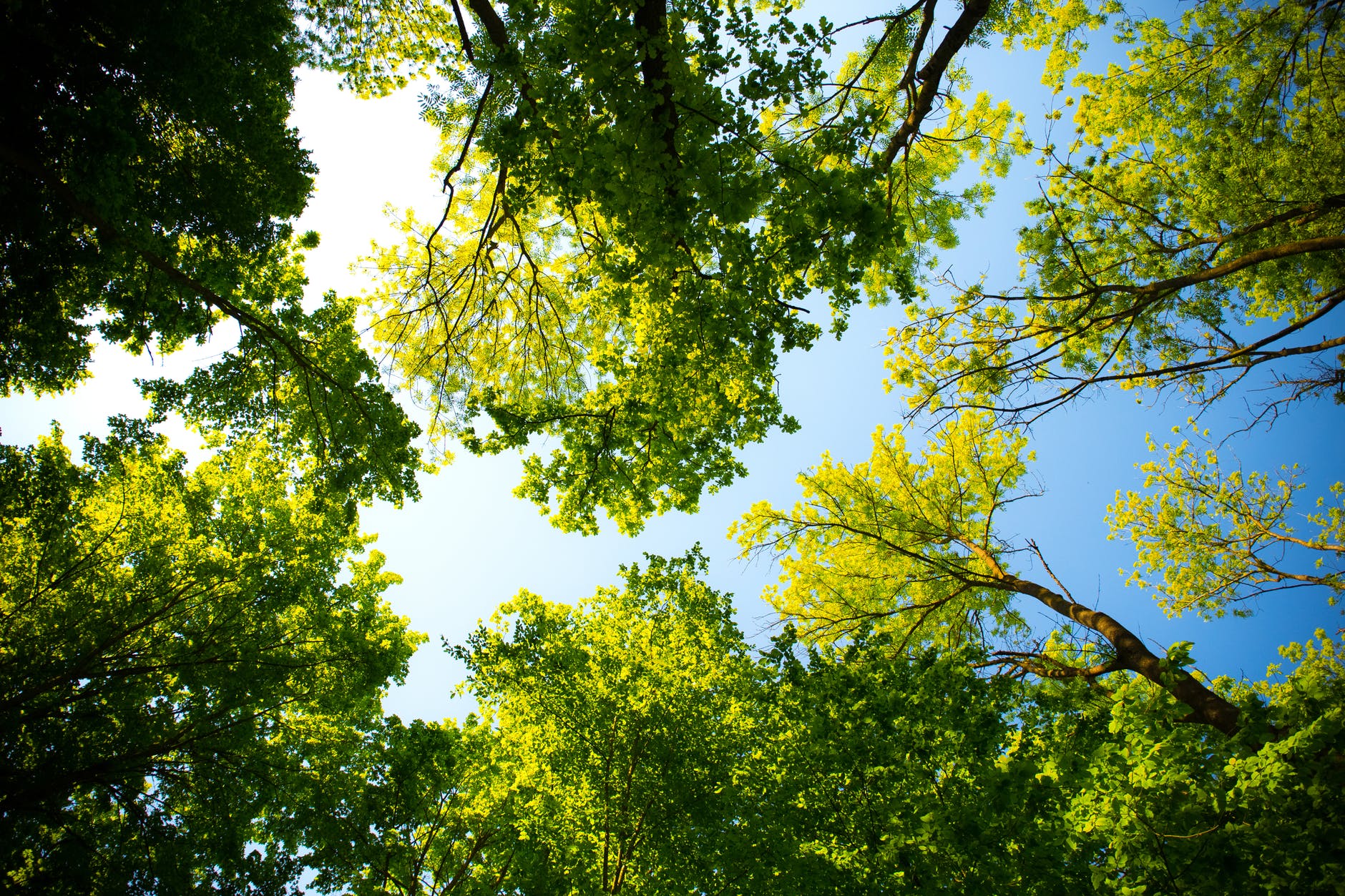
Trees in the park strip are City-owned trees. Please do not alter these trees, which comprise SLC’s 85,000 strong urban forest. Our Division of Urban Forestry will prune, remove, and plant trees in the park strip. Call (801) 972-7818 to request service.
by Sydney Boogaard, SLCgreen intern
It’s a beautiful summer’s day as you walk through the neighborhood with your favorite furry friend at your side. The shade from the trees helps cool the summer heat as you pad along… sound like a lovely afternoon? We think so. And we have our vibrant urban forest to say thank you to.
Our urban forest comprises nearly 85,000 public trees, including 63,000 street trees and 22,000 trees that reside in our city’s parks and open spaces. These indispensable trees are cared for and maintained by Salt Lake City’s Urban Forestry Division.
Why are Urban Forests Important?
A 2010 census reported that nearly eighty-one percent of Americans now live in urban centers. This means urban forests are becoming more important than ever. They provide essential benefits to our populations and wildlife. Urban trees contribute to cleaning our air, filtering our water, controlling storm water, conserving energy, and providing shade for us and our local animal life. Not to mention, they are aesthetically pleasing, strengthen social structures, and add significant economic value to our communities.
The majority of these trees are located in park strips. So, you may ask, what is the park strip, why is it there, and what do you do with it?
Continue reading →
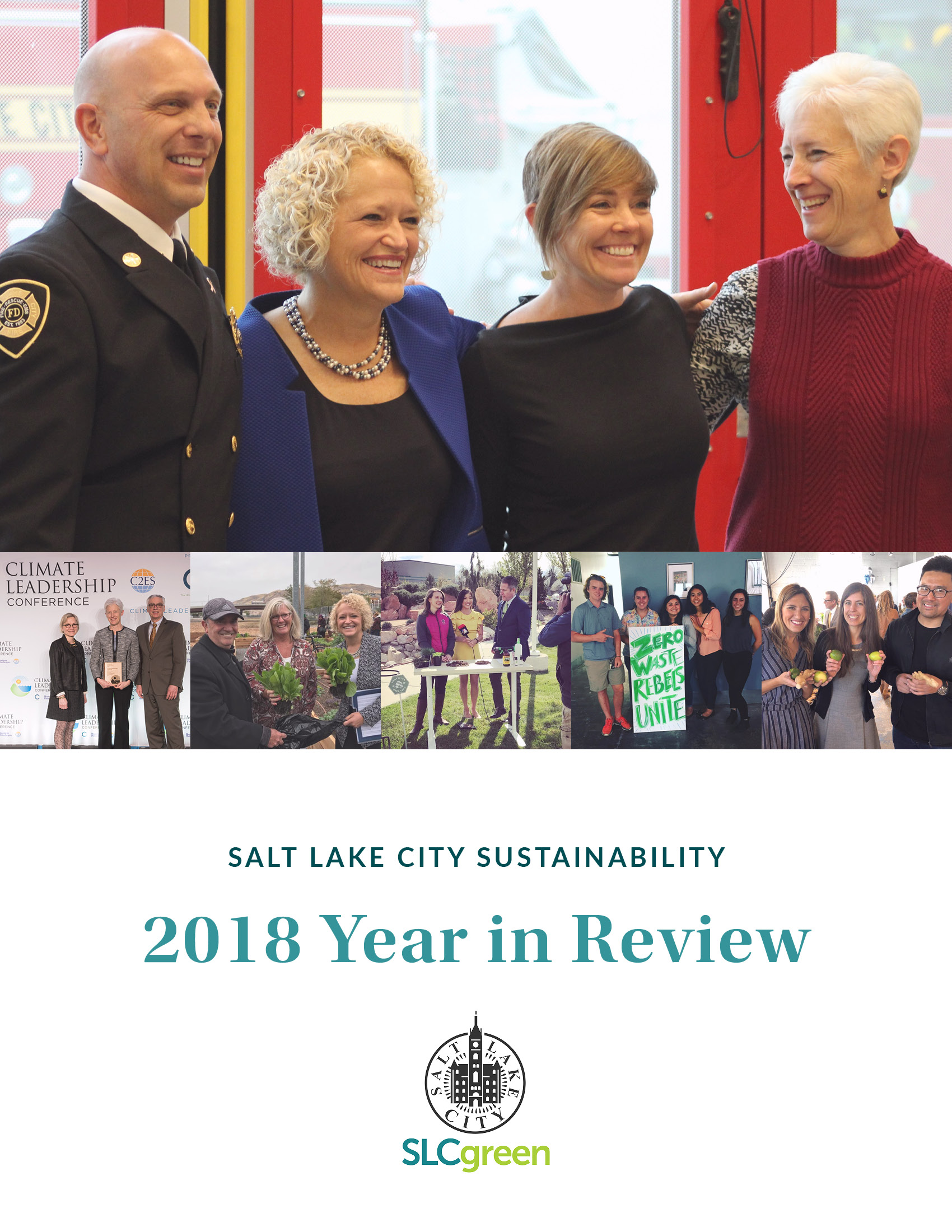

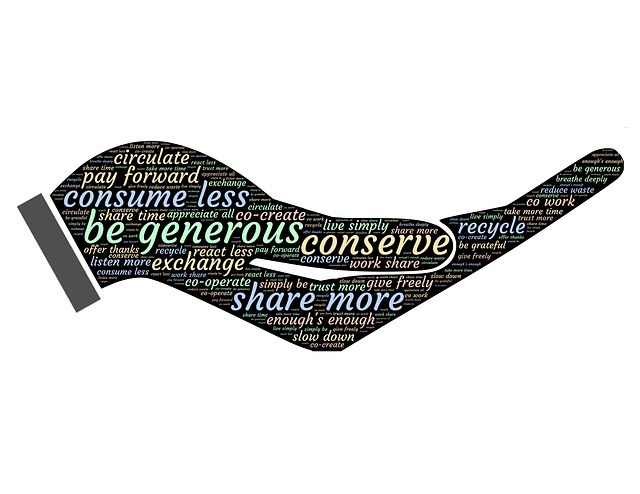
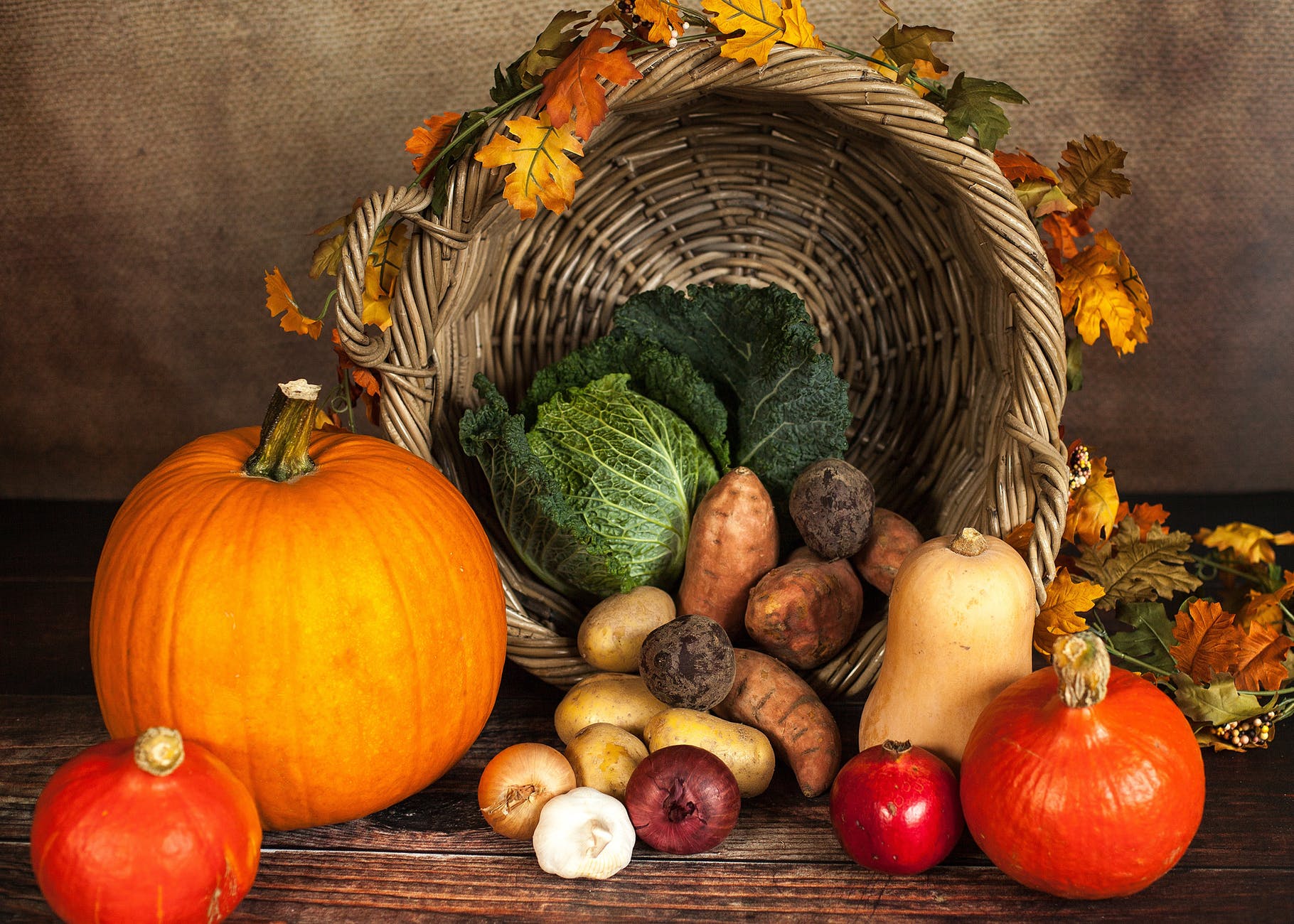
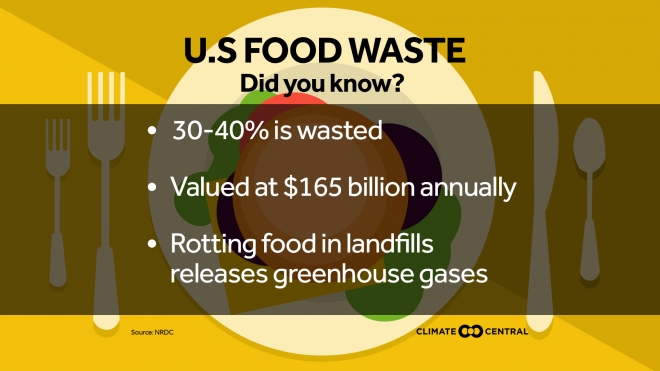
 Eco–friendly folks connect!
Eco–friendly folks connect!